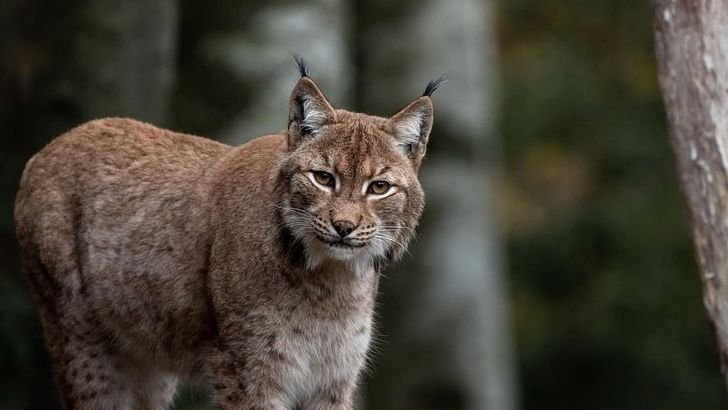Oregon’s ancient forests harbor some of North America’s most fascinating and secretive creatures. While most visitors know about the bears, deer, and elk, the state’s dense woodlands conceal dozens of remarkable animals that remain hidden from casual observers. From tiny acrobatic mammals that never touch the ground to massive salamanders that bark like dogs, these forests pulse with life forms that seem almost mythical.
The Red Tree Vole – A Lifetime Above Ground
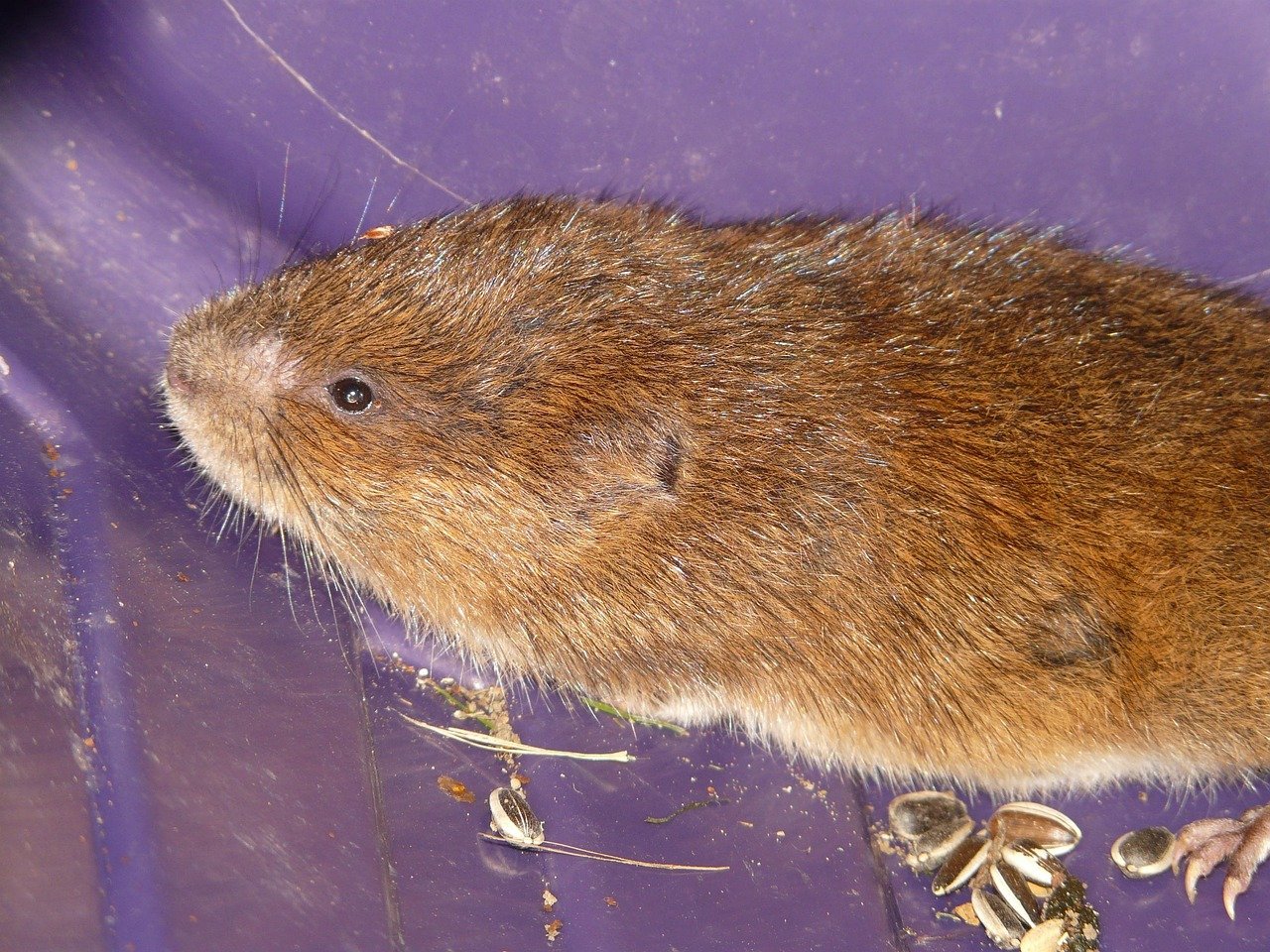
The red tree vole is a mysterious rodent that lives in nests at the top of old-growth Douglas-fir trees. Red tree voles are highly specialized rodents, as they only live in tall, old-growth Douglas-firs, and the trees’ needles are their only source of food. Red tree voles are about 6-8 in long, including the tail. When they are young, they exhibit a dull brown coat and develop a more reddish color with age.
These remarkable creatures represent one of nature’s most extreme specialists. This vole is endemic to western Oregon. Red tree voles that are ready to leave the nest will often build their own nest on another branch of the same tree, leading to many generations of voles nesting in a single tree.
Pacific Giant Salamander – The Forest’s Gentle Giant
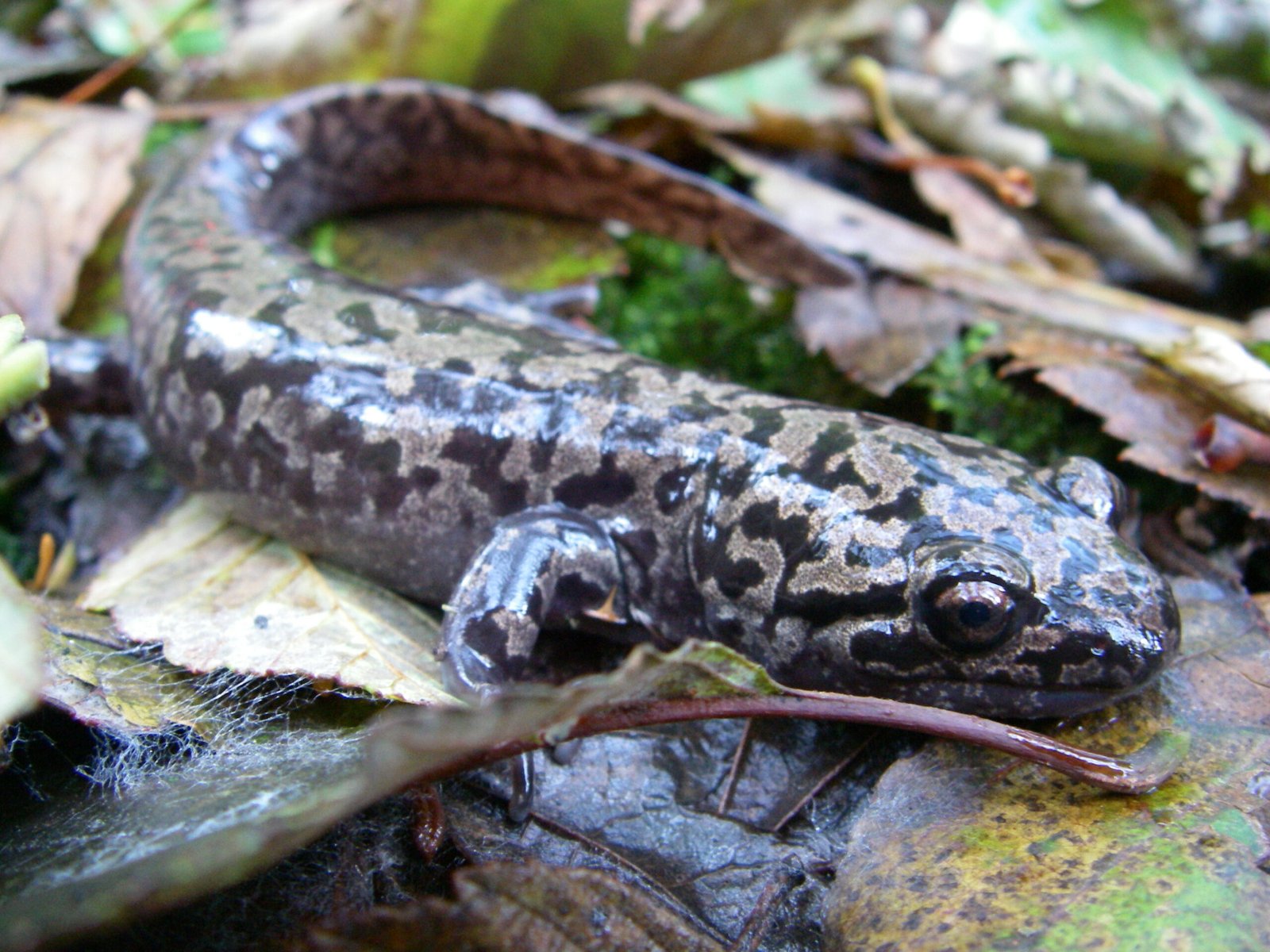
Pacific Giant Salamander – The Forest’s Gentle Giant (image credits: wikimedia)
Reaching thirteen inches in length, these semi-aquatic creatures are brown and have external gills as juveniles, and are mottled brown and black as adults. The largest terrestrial salamander in North America; adults reach lengths of 6.7 inches snout-vent length and 13.4 inches total length.
What makes these amphibians truly extraordinary is their vocal ability. It is one of only a few salamanders that make a croaky sound similar to that of a barking dog. While juveniles have external gills and live in streams, adults undergo metamorphosis, lose their gills, and become terrestrial.
Western Spotted Skunk – The Acrobatic Sprayer
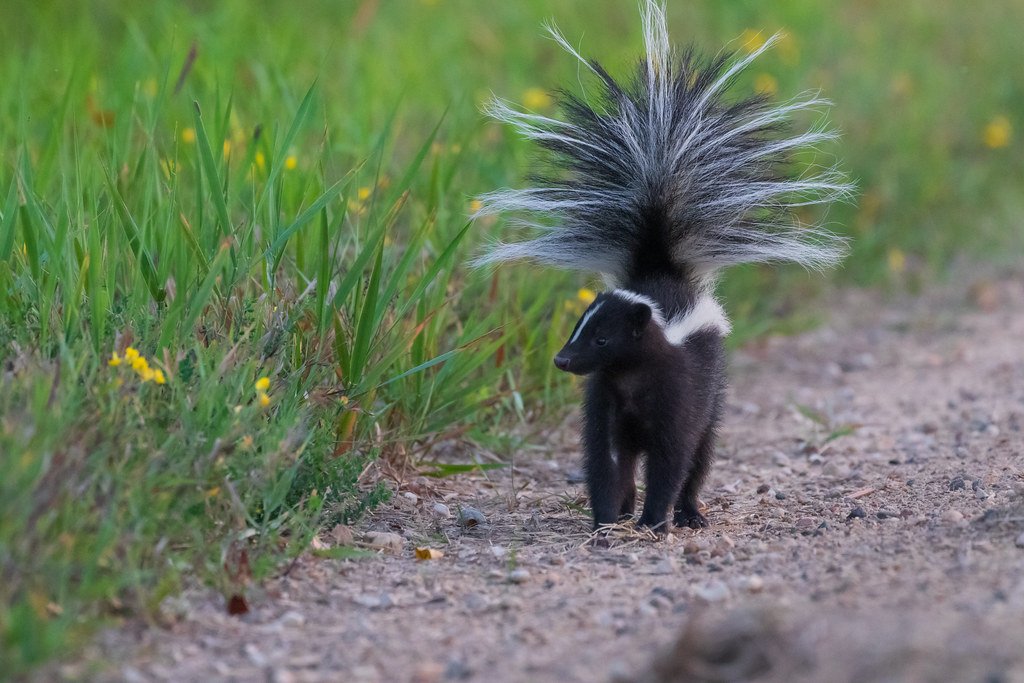
To study the movements of one of the region’s most elusive animals: the western spotted skunk. The western spotted skunk prefers remote, undisturbed habitat, such as the mountains of the Cascade Range, spanning from New Mexico to British Columbia and California to Colorado. Weighing just 1–2 pounds, the western spotted skunk is notably smaller than its more familiar urban cousin, the striped skunk.
These nimble carnivores possess an almost supernatural ability to disappear into the forest. It’s also nocturnal, so hardly ever seen, explains Taal Levi, an associate professor at Oregon State’s College of Agricultural Sciences and advisor to Tosa. “For such an abundant carnivore in these forests, we don’t really know anything about them.”
Mountain Beaver – The Misnamed Digger
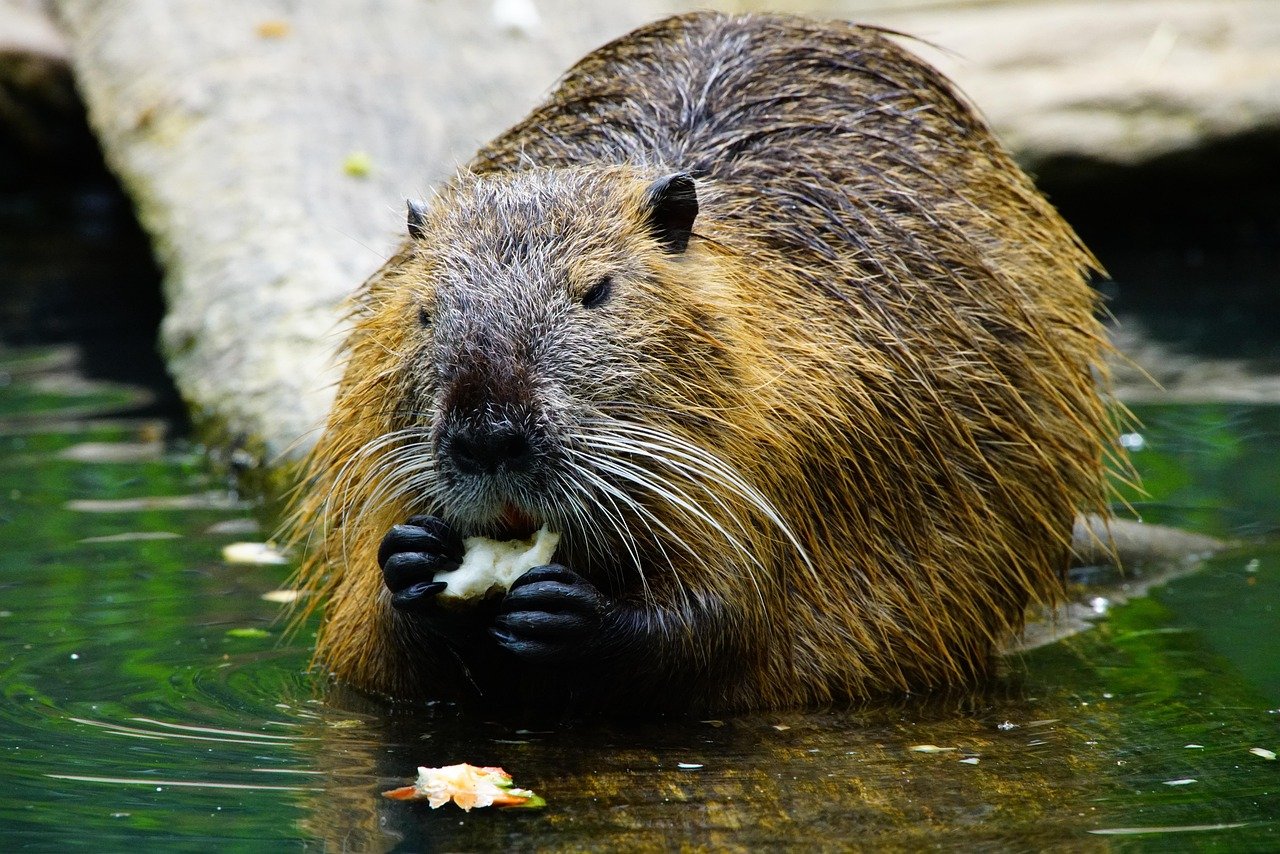
The mountain beaver is a medium-sized, muskrat-like rodent often lacking a visible tail. It is not related to other beavers or rodents but are called beavers because of their habit of gnawing down young trees. In Oregon, are common in forested areas on the west slope of the Cascade Range west to the Pacific Ocean. They are, however, rarely seen as they sp[end most of their time underground].
Despite their name, these creatures are neither mountain specialists nor true beavers. The mountain beaver has an extremely short, fur-covered tail, and otherwise differs from the muskrat by possessing five-toed feet. It is dark brown with a small white spot at the base of each ear.
American Marten – The Tree-Climbing Predator
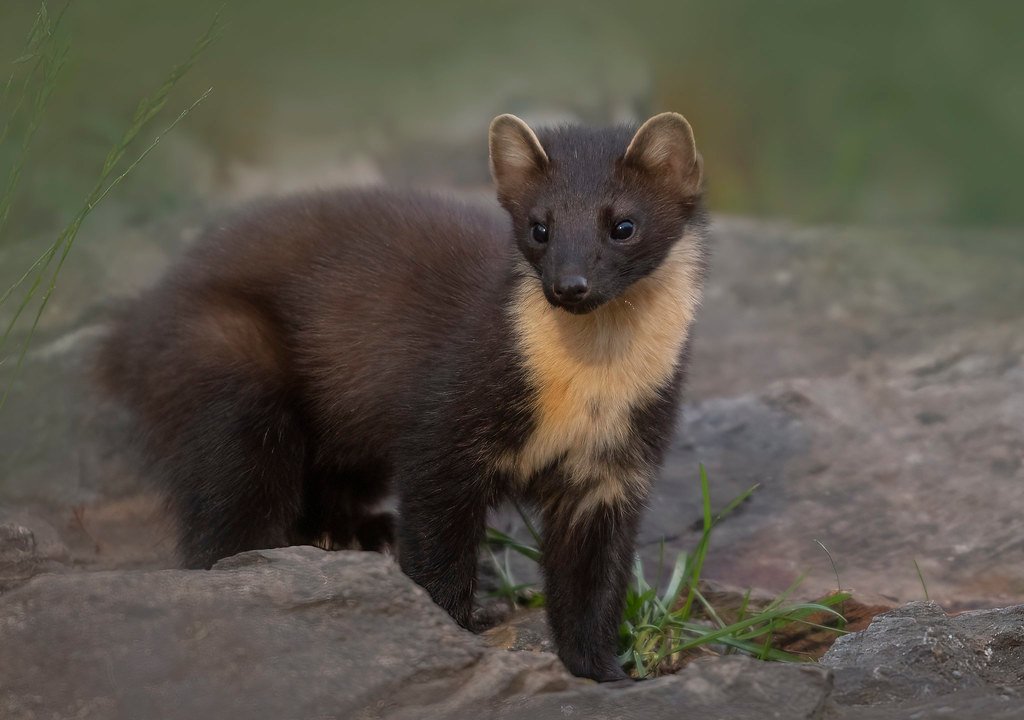
This group of mammals includes the American marten, fisher, and wolverine which are all Oregon Conservation Strategy Species. learn about the American Marten, Ermine, Long-tailed Weasel, Mink, American Badger, River Otter, Western Spotted Skunk and the Striped Skunk.
These sleek predators move through the forest canopy like furry shadows. The American marten’s exceptional climbing abilities allow it to pursue squirrels and other arboreal prey through the treetops. Their golden-brown fur with distinctive orange patches makes them one of the most beautiful carnivores in Oregon’s forests.
Oregon Giant Earthworm – The Underground Mystery

Oregon Giant Earthworm – One of the rarest earthworms, the Oregon Giant earthworm is usually found in the Willamette Valley. Habitat loss is the reason for their decrease in population.
This massive invertebrate can grow up to three feet long and lives entirely underground in Oregon’s native prairies and forests. So rarely seen that scientists debate its actual numbers, the Oregon giant earthworm emerges only during heavy rains. When disturbed, it releases a lily-like fragrance that adds to its mystical reputation.
Northern Flying Squirrel – The Midnight Glider
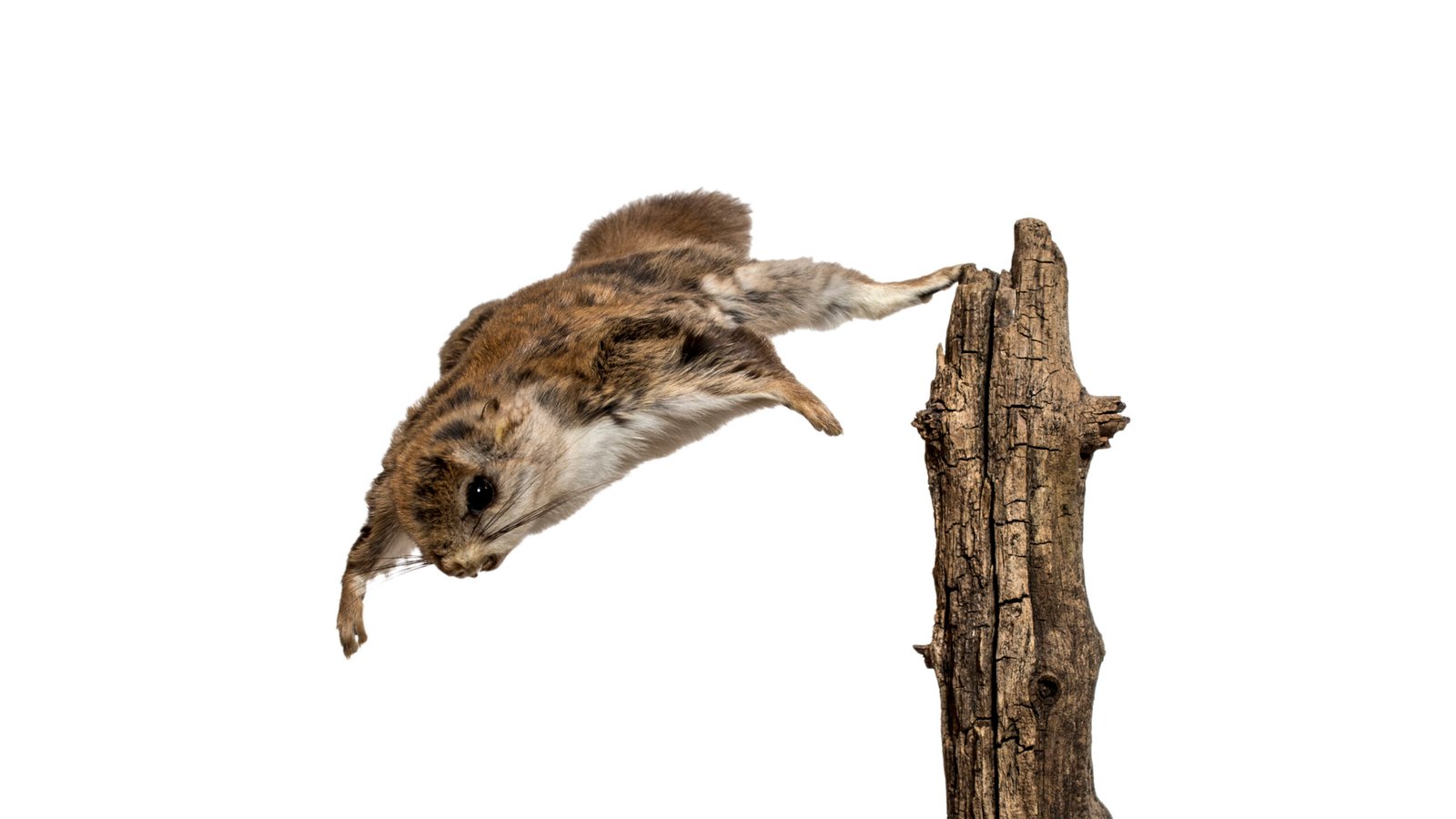
learn about the Yellow-pine Chipmunk, Least Chipmunk, Allen’s Chipmunk, Yellow-bellied Marmot, California Ground Squirrel, Belding’s Ground Squirrel, Golden-mantled Ground Squirrel, Western Gray Squirrel, Douglas’ Squirrel and the Northern Flying Squirrel.
These nocturnal acrobats don’t actually fly but glide between trees using furry membranes stretched between their legs. Their large dark eyes help them navigate through moonlit forests as they search for fungi, lichens, and tree nuts. The northern flying squirrel can glide up to 150 feet, making them one of Oregon’s most accomplished aerial performers.
Humboldt Marten – The Coastal Forest Wanderer

Normally found in coastal old-growth forests, the rare Humboldt marten is now living in forests within the dunes as the ecosystem changes. Normally found in coastal old-growth forests, the rare Humboldt marten is now living in forests within the dunes as the ecosystem changes.
This elusive member of the weasel family was thought extinct in Oregon until recent rediscoveries. Humboldt martens prefer the state’s ancient coastal forests, where they hunt small mammals and birds. Their cat-sized bodies and golden fur help them blend perfectly with the dappled sunlight filtering through old-growth canopies.
Long-Toed Salamander – The Alpine Survivor
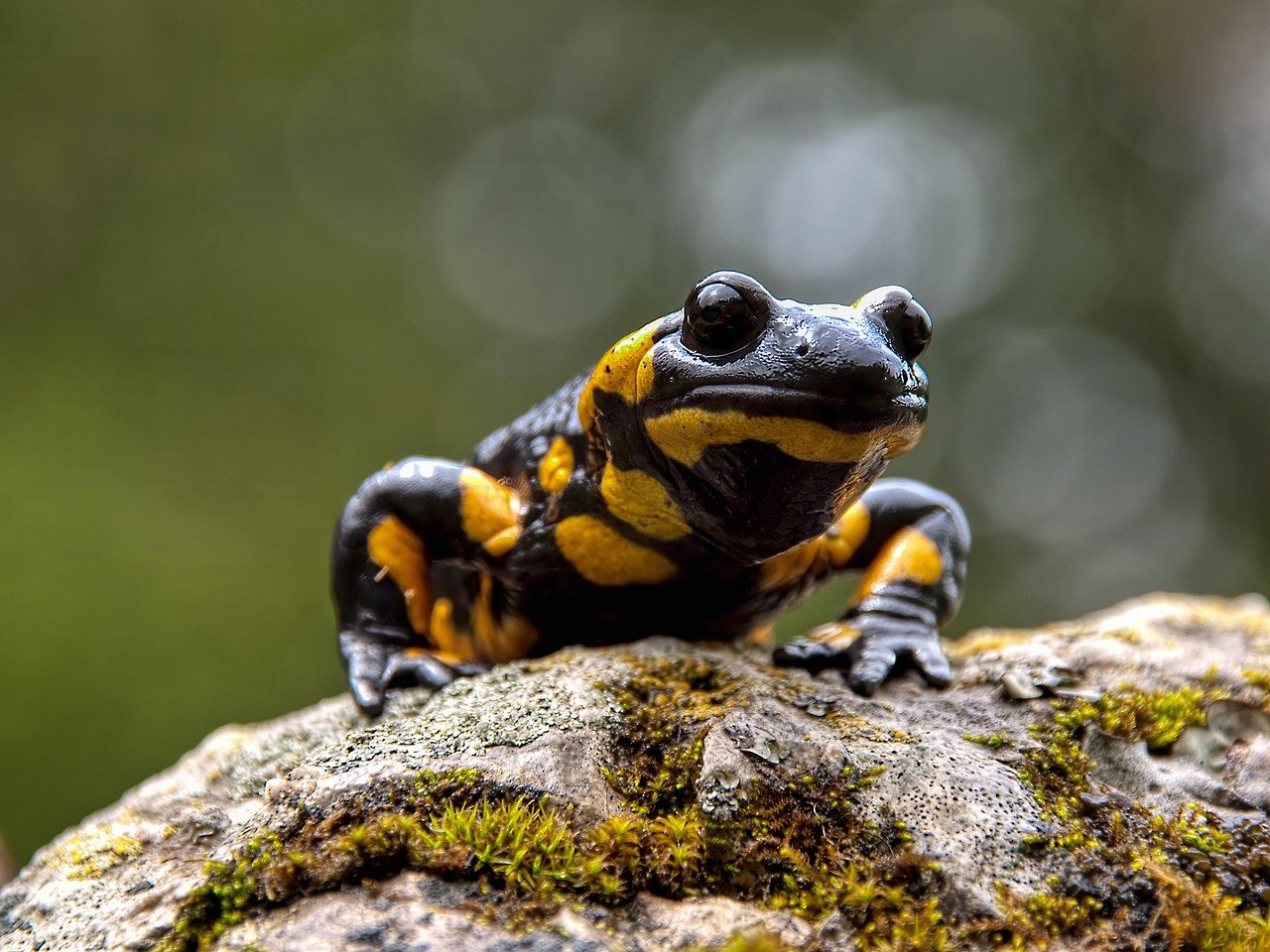
The distribution of the long-toed salamander is primarily in the Pacific Northwest, with an altitudinal range of up to 2,800 meters (9,200 ft). It lives in a variety of habitats including temperate rainforests, coniferous forests, montane riparian zones, sagebrush plains, red fir forests, semi-arid sagebrush, cheatgrass plains, and alpine meadows along the rocky shores of mountain lakes.
These remarkable amphibians thrive at elevations that would challenge most forest creatures. The long-toed salamander hibernates during the cold winter months, surviving on protein energy reserves stored in the skin and tail. Their yellow stripe and oversized toes make them unmistakable when spotted during their brief active seasons.
Canada Lynx – The Phantom Feline

There have only been 72 reported Canada Lynx sightings in Oregon since 1985. The Oregonian creature to suffer the most from the exponentially increasing human population of the region is most likely the Canada Lynx. These incredibly evasive and shy felines do all they can to avoid human interaction in the area, as their habitat in the area has been utterly devastated by the local logging industry. While their numbers are not as concerning in their namesake Canada, these lynxes have only been seen in Oregon a handful of times in the past 30 years.
With their oversized snowshoe-like paws and ear tufts, Canada lynx are perfectly adapted for hunting snowshoe hares in deep snow. Their ghostly presence in Oregon’s high-elevation forests makes every sighting precious and scientifically significant.
Dunn’s Salamander – The Rocky Stream Dweller
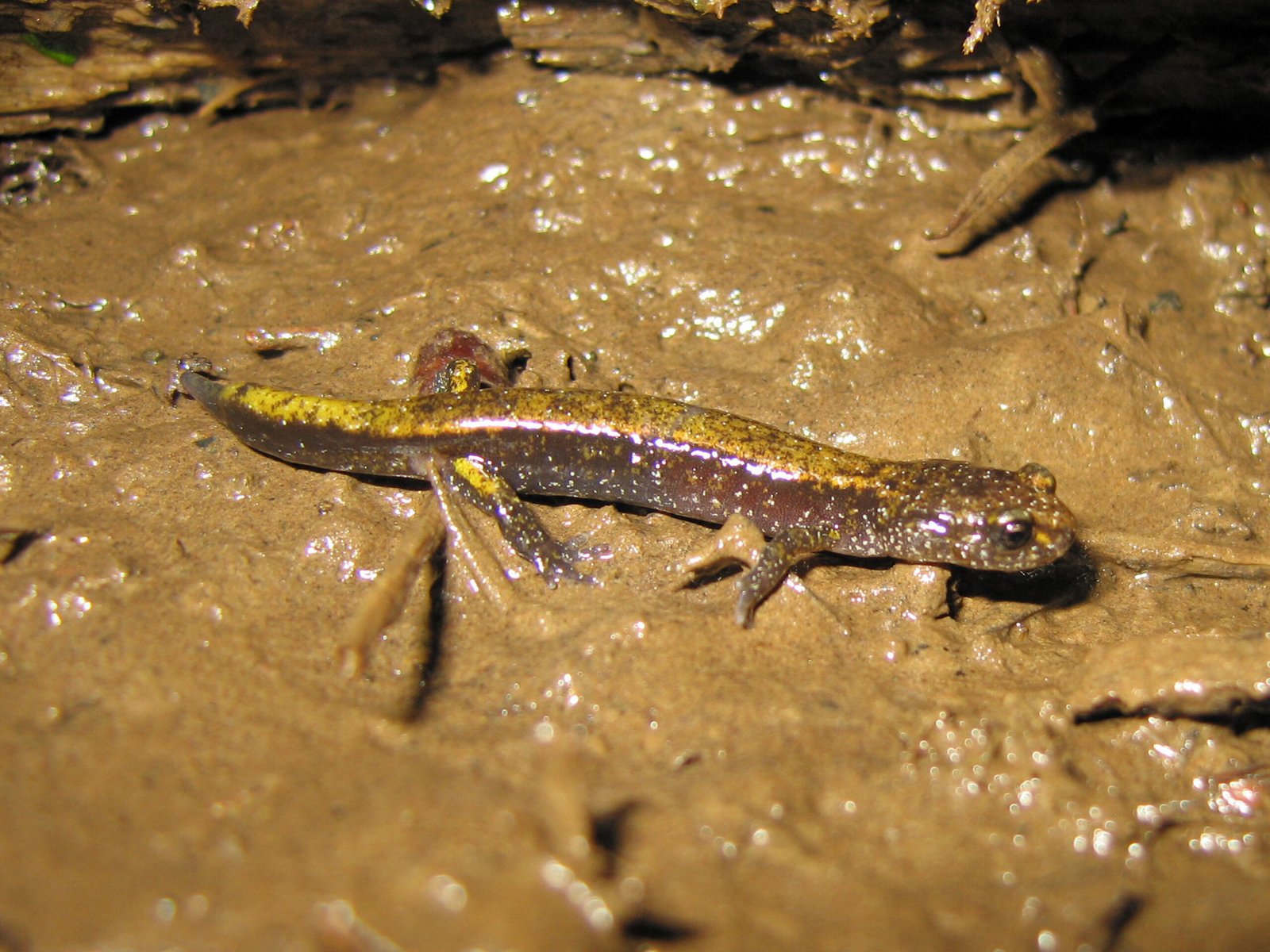
Dunn’s salamanders live in the shaded rocky edges of highly humid forested streams and moist talus (rock fragment piles). They prefer areas that are permanently moist but not in flowing water. Adults often hide under rocks, in splash zones near streams and occasionally under woody debris.
These small amphibians have mastered life in one of the forest’s most challenging microhabitats. Dunn’s Salamander – Olive or yellowish-green back, color does not reach tail tip. Often has some green on sides. Found on rocky streamsides or in wet talus. Their ability to breathe through their skin allows them to thrive in the humid spaces between rocks where few other creatures can survive.
Pileated Woodpecker – The Forest Sculptor

The pileated woodpecker is one of the most striking birds in the forest, thanks to its mostly black color with bold white stripes down the neck and bright red crest on top. Pileated woodpeckers can be found in the West and East Cascades, Coast Range, Willamette Valley, Klamath Mountains, Columbia Plateau and Blue Mountains.
These crow-sized woodpeckers are the forest’s master carpenters, creating rectangular holes that can measure several inches across. Their distinctive undulating flight pattern and wild calls echo through Oregon’s old-growth forests. The rectangular cavities they excavate provide homes for dozens of other forest species, making them true ecosystem engineers.
Conclusion

Oregon’s forests hold secrets that continue to amaze even veteran naturalists. From the red tree vole’s aerial kingdom to the giant salamander’s aquatic realm, these twelve creatures represent just a fraction of the hidden diversity thriving in the Pacific Northwest’s ancient woodlands. Each species has evolved remarkable adaptations to survive in specific forest niches, creating a complex web of life that depends on preserving these irreplaceable ecosystems.
The next time you walk through Oregon’s forests, remember that countless unseen dramas are unfolding around you. Every fallen log, stream bank, and tree canopy harbors creatures whose existence might surprise you. What other forest mysteries are still waiting to be discovered?

